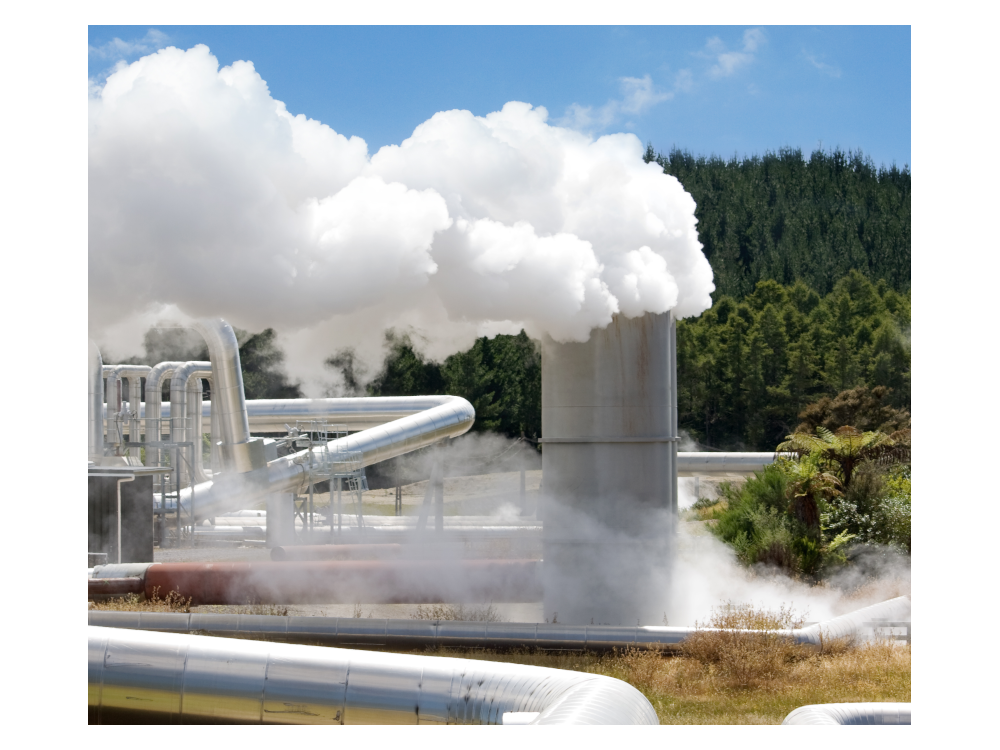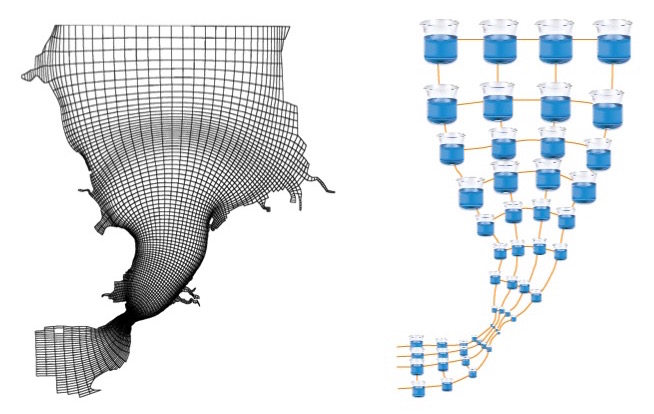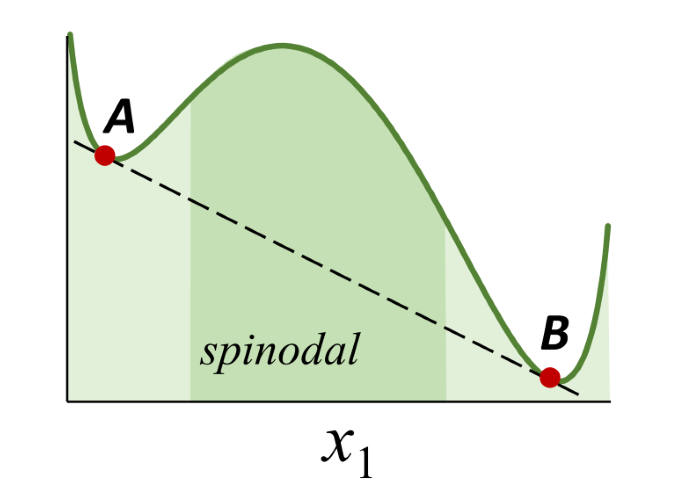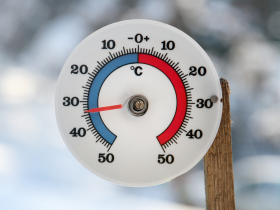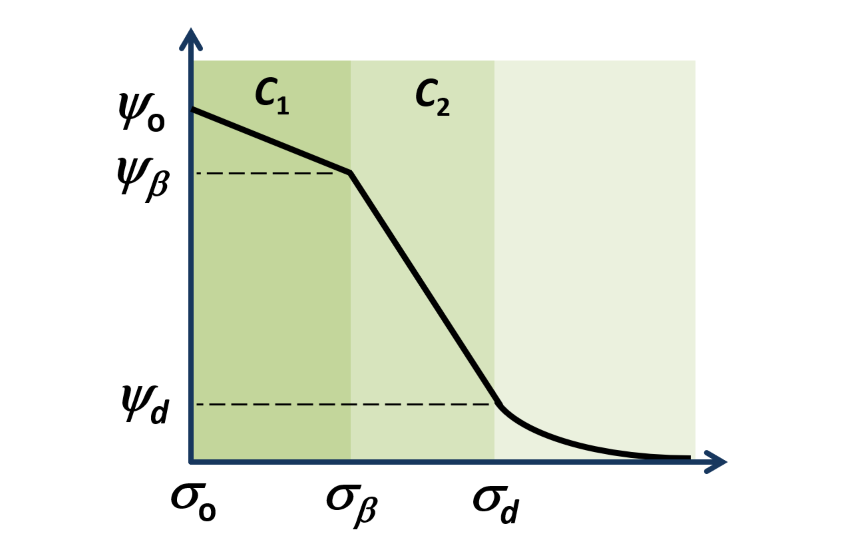GWB timeline
I downloaded the software and am very excitedly developing my first GWB model!
– Robert Hansen, Exigo3, South Africa
 The Geochemist's Workbench® 2025 is the latest in a series of GWB upgrades dating back to 1991.
Please find below a timeline showing the development of the most notable features included with your GWB 2025 subscription.
Remember, your subscription adds compelling features continuously!
The Geochemist's Workbench® 2025 is the latest in a series of GWB upgrades dating back to 1991.
Please find below a timeline showing the development of the most notable features included with your GWB 2025 subscription.
Remember, your subscription adds compelling features continuously!
Release timeline
GWB 2025
- Trace the evolution and collapse of vapor phases composed of ideal or nonideal gas mixtures
- Model boiling and condensation of complex fluids in systems either closed or open to vapor loss
- The next generation of GSS offers more analytes, more plots, strong disambiguation, and more
- Diagram more variables and render new types of graphs
- Pick up the endpoint of a reaction path, now including the vapor phase alone, as the initial state for another run
- Import and export thermo and surface databases in Visual MINTEQ format
- The Windows clipboard contains responses to the “report” command, ready to paste into your documents
- The apps can write plot interface datasets in the flexible, human-readable JSON format
- Extract reactions, log Ks, and more from thermo and surface datasets as CSV files you can use to prepare reports, tables, and so on
- The THEREDA project’s 2023 “Pitzer” database
- More details on our GWB 2025 page
GWB 2025
- The amazing ChemPlugin self-linking software object is included with GWB Professional at no extra cost
- A gamut of solid solution models to choose from: site mixing, Guggenheim, regular, cubic and third-order Maclaurin, and ideal formulations
- Use TEdit to import and export EQ3/EQ6 thermodynamic databases
- Temperature dependence of the thermodynamic properties of solid solutions
- Hover over lines and fields in Act2 and Tact to reveal the corresponding reaction or assemblage
GWB 2022
- A full-featured description of binary solid solutions, including effects of spinodal decomposition
- Plots from GSS datasheets update in real time, following your keystrokes
- CEMDATA 18 thermodynamic database for the hydrated Portland cement system
- Trace the kinetics of exchange reactions involving aqueous, surface, and mineral species
- Model microbial growth by linking anabolic rate in an arbitrary fashion to catabolism
- TEdit editor helps you troubleshoot thermodynamic and surface datasets
- Two-layer surface complexation databases for goethite and gibbsite
- The Drummond and Wolery equations for activities of aqueous CO2 and solvent H2O
- Ready for Windows 11
GWB 2025
- SIT activity coefficients
- Next generation TEdit thermo editor does redox!
- Import thermo datasets from PhreeqC
- Low-temperature “Pitzer” activities; FREZCHEM and COLDCHEM databases
- Improved time series, time-of-day, and elapsed time plots
- Write database reactions your way
GWB 2025
- Triple-layer surface complexation including electrostatics and supporting datasets
- Pose and evaluate equations of arbitrary form in GSS datasheets
- CD-MUSIC surface chemistry model, complete with USGS database of surface reactions
- High-temperature “Pitzer” databases from THEREDA, LLNL
- Cluster computing support for X1t, X2t, and ChemPlugin
- Polydentate complexing by Davis-Leckie, Hiemstra-van Riemsdijk, Appelo-Postma, and stoichiometric formalisms
- Define surface chemistry using 1-pKa reactions including electrically charged uncomplexed sites
- Fewer clicks to accomplish common tasks with streamlined GUI
- Precise temperature expansions and ranges of validity for log Ks, “Pitzer” and Debye-Hückel terms, surface reaction properties
- Set surface site density in units as taken from literature references
- Batzle-Wang equation for solution density
- Direct control over species loading
- Better rendering across Windows locales worldwide
GWB12
- Phase2, the ultimate phase diagram generator
- Generalized stable isotope model
- Tsonopoulos, Peng-Robinson, and Spycher-Reed partial pressure models
- Stable isotope transport
- Presentation grade graphics
- XML plot output for your favorite graphics app
- Re-engineered compute engine
- Unified rate model
- Overlay multiple scatter datasets and reaction traces
- Anion exchange model
- Multi-tier self-auditing
- Phase assemblage and predominance maps
- Comments in GSS cells
- Extend Act2 and Tact plots beyond water stability limits
- Influx and efflux summaries for reactive transport models
- No hassle travel: borrow a floating license for your trip
- Optimized for Windows 10
GWB11
- Any number of boundary and injection fluids
- Arbitrary inlet and well pumping intervals
- Recirculation wells
- Quick video output to compact frame images
- Chain together kinetic reaction paths
- Robust pickup command
- Expanded set of transient and heterogeneous properties
- Graph transient variables against time
- Cutoff feature for compute-intensive simulations
- Cleaner, sleeker GUI
- Electrical conductivity by USGS and APHA methods
- Multiple Stiff, Schoeller, Radial, Bar, and Pie plots on a page
- Configurable Stiff, Schoeller, and Radial diagrams
- Concentration as protonated, deprotonated species (e.g., H2S, HS-, S2-)
- Allow duplicate names of species, minerals, and gases
- Set working directory once for all GWB apps
GWB10
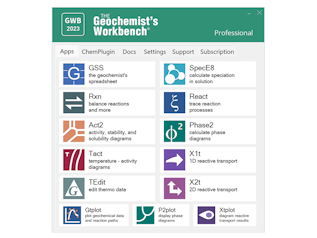
- Transport by mobile colloids
- Dashboard puts all your tools in one place
- Graphical editor for thermo and surface data
- Undo-redo in GSS spreadsheets
- Spherical and axisymmetric coordinates
- Transient medium and fluid properties
- Turbo-scripting speeds rate law evaluation
- Optimized native 64 bit version
- Windows 8 friendly
GWB9

- Crisp new GUI – Fast, logical, and intuitive
- Drag and drop files, analyses, and results
- Plugs in to your software
- New kinetics: complexation, sorption, gas transfer
- Bidentate and polydentate sorption reactions
- Show TDS as circles of varying radius in Piper, other plots
- Set line colors individually on x-y plots
- Powerful unit converter
- More medium properties are heterogeneous
- Automatic software updates
GWB8
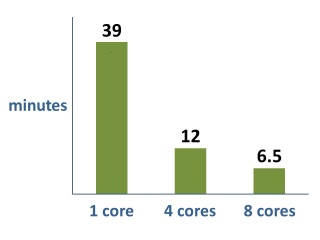
- GSS, the Geochemist's spreadsheet
- Speedy multithreaded code runs in parallel on multicore chips
- Dual porosity (stagnant zone) effects
- Cross plots, triangular diagrams, time series graphs
- Piper, Durov, Stiff, Schoeller, bar and radial diagrams
- Windows 7 support
GWB7
- More reaction kinetics, including catalysis, inhibition
- Expanded surface chemistry; Freundlich isotherms
- Edit graphics with mouse; hovering shows x-y values
- Smart cut-and-paste
- Support for Vista
GWB6
- Adaptive gridding
- Flexible boundary conditions
- Import flow fields, Modflow models
- More options for medium heterogeneity
Windows versions supported
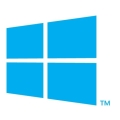 We currently support GWB 2025 on Windows 11 and 10.
We currently support GWB 2025 on Windows 11 and 10.
